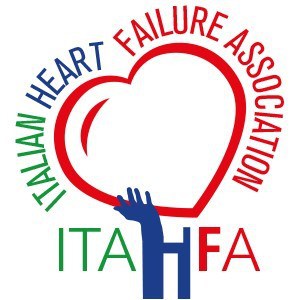"Hello. My name is Muthiah Vaduganathan from the Brigham and Women's Hospital and Harvard Medical School in Boston, Massachusetts. And we'll be discussing timing of cardiokidney protection with the SGLT2 inhibitors.
Objective of the Study
The SGLT2 inhibitors have shown important and clinically relevant effects on multiple endpoints across type two diabetes, chronic kidney disease, and heart failure populations. These treatment effects are often summarised in the form of hazard ratios that are often difficult to interpret at the patient bedside.
So we attempted to reframe the hazard ratio to more absolute prevention of clinical events with a specific focus on the relative timing of benefits of these therapies. Patients often ask us, well, how soon might I be protected from x, y, or z in terms of adverse clinical events with a given therapy?
Methodology
So we undertook this individual participant level analysis of four large-scale placebo-controlled trials. To answer the question of how soon and what is the sequence of protection of cardiokidney events with the SGLT2 inhibitors, we specifically selected four randomised clinical trials that sampled distinct populations.
One of patients with type two diabetes at high cardiovascular risk, that was the CANVAS programme. Second was a patient population of chronic kidney disease. That was the CREDENCE trial. And then finally we selected populations of heart failure, including reduced ejection fraction that was the DAPA-HF trial, and then mildly reduced or preserved ejection fraction that was the DELIVER randomised clinical trial.
Results
So, across each of these four randomised clinical trials, we assessed the relative timing of effects on multiple cardiovascular and kidney endpoints. We mapped the relative prevention of these cardiokidney events in each of the four trials.
We found that, first, heart failure events were strikingly modifiable and the events prevented appeared very early, not just in populations with established heart failure, but also in populations of kidney disease as well as type two diabetes. We saw that kidney disease protection often took some time, often over a year, to demonstrate some between-arm differences in protection with this therapeutic class. And similarly, mortality endpoints like cardiovascular death take time to accrue in terms of the clinical benefits.
In contrast, MACE and heart failure, you see the effects quite early, these events accrue rapidly, and in fact, you can demonstrate important differences between arms for these select endpoints.
Unexpected Findings
So, to me, the most unexpected finding was in the population of patients with chronic kidney disease. While we know that chronic kidney disease has a relatively slow, progressive form of illness in most patients, we do know that these patients face early cardiovascular risks. And so what we found was that while these therapies do modify long-term risks of kidney disease progression, they have important clinical benefits on early cardiovascular risk. You see actually heart failure events prevented and MACE events prevented within months of treatment initiation.
Conclusions
So first and foremost, heart failure is the most modifiable event across cardiokidney metabolism with this therapeutic class, and so really emphasises that for therapies like SGLT2 inhibitors, heart failure should be a critical endpoint that is not only studied but prioritised in research as well as clinical settings.
Second, in populations of chronic kidney disease, where these therapies are used to modify long-term kidney disease progression, these therapies also have an important adjunctive role in protecting patients from cardiovascular events.
So overall, the timing, the relative timing of cardiokidney protection varies across disease states. But importantly, SGLT2 inhibitors have early effects on heart failure as well as MACE endpoints in these treated populations.
Future Implications
So we hope that we can leverage data like these to improve the implementation of SGLT2 inhibitors in patient populations of type two diabetes, chronic kidney disease, and heart failure, as well as those with multimorbid CKD syndromes.
Implementation has lagged with the SGLT2 inhibitors and other key medical therapies across these therapeutic areas. But we hope that data like these that support the early and modifiable risks associated with the SGLT2 inhibitors may further bolster our global efforts to improve implementation.”








Comments